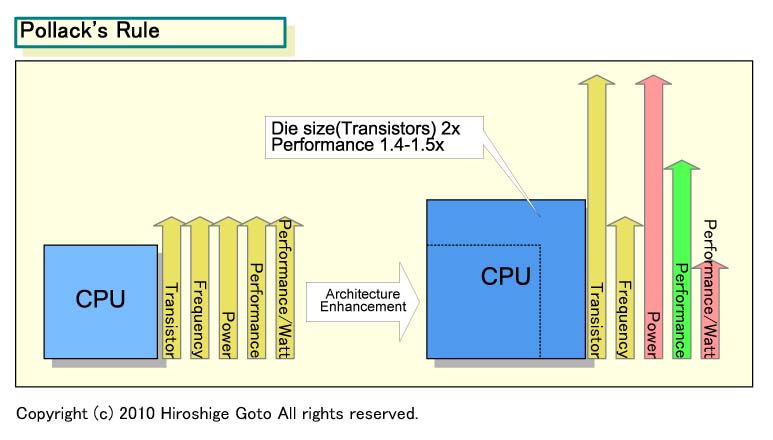- Mar 27, 2009
- 12,968
- 221
- 106
The Xeon Phi accelerators have four threads per atom core, so I was wondering when Intel would bring four threads per core to the big cores? (I have to imagine having more threads per core could allow Intel to widen the uarch without losing MT performance per watt)
P.S. I also think it would be ideal if a single big core with four thread SMT could replace quad core atom and 2C/2T big core as the lowest common denominator consumer processor. This would also allow all the major instruction sets (eg, advanced vector extensions) to be enabled on the 1C/4T big core processor without interfering with product segmentation.
P.S. I also think it would be ideal if a single big core with four thread SMT could replace quad core atom and 2C/2T big core as the lowest common denominator consumer processor. This would also allow all the major instruction sets (eg, advanced vector extensions) to be enabled on the 1C/4T big core processor without interfering with product segmentation.



